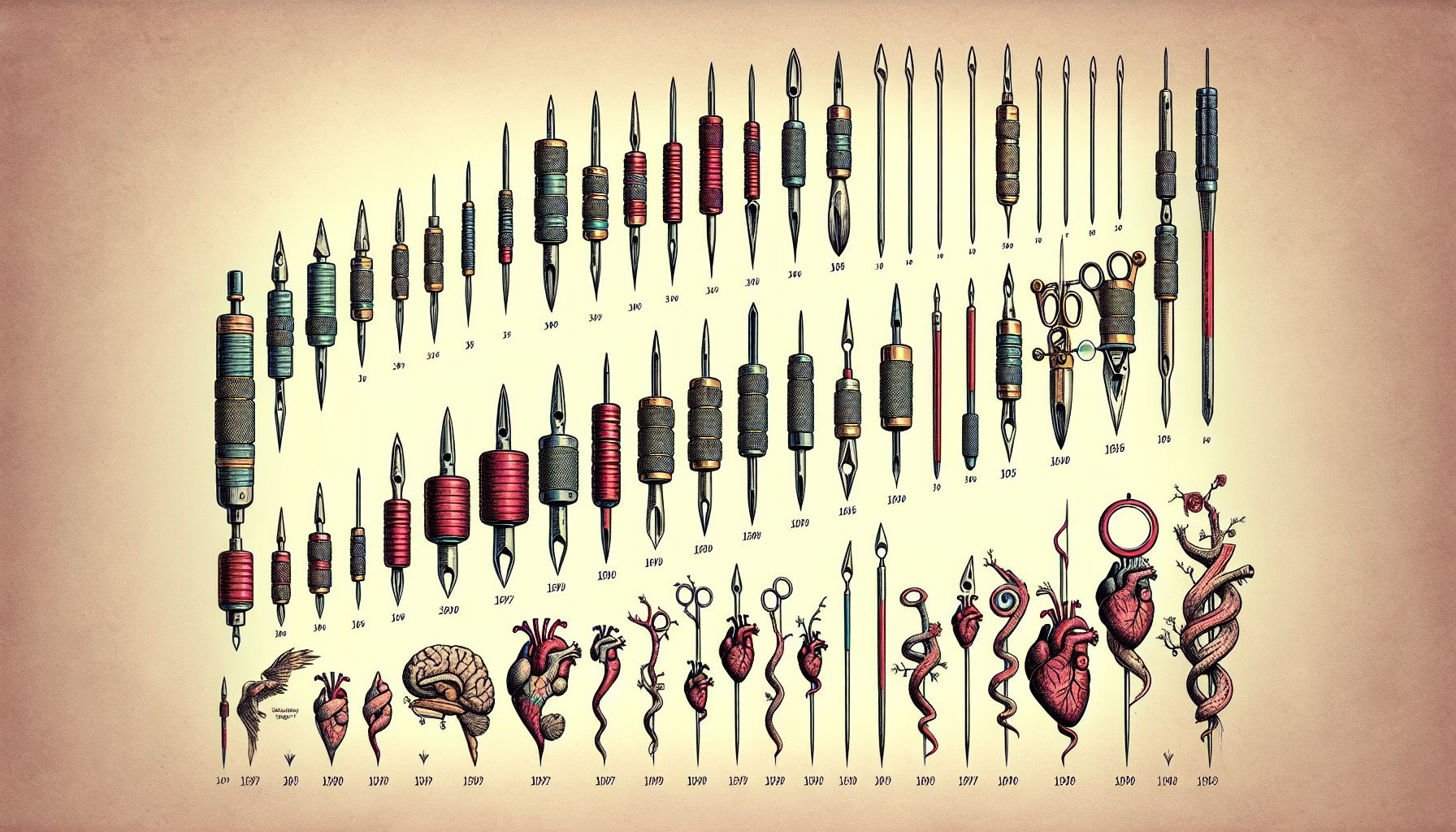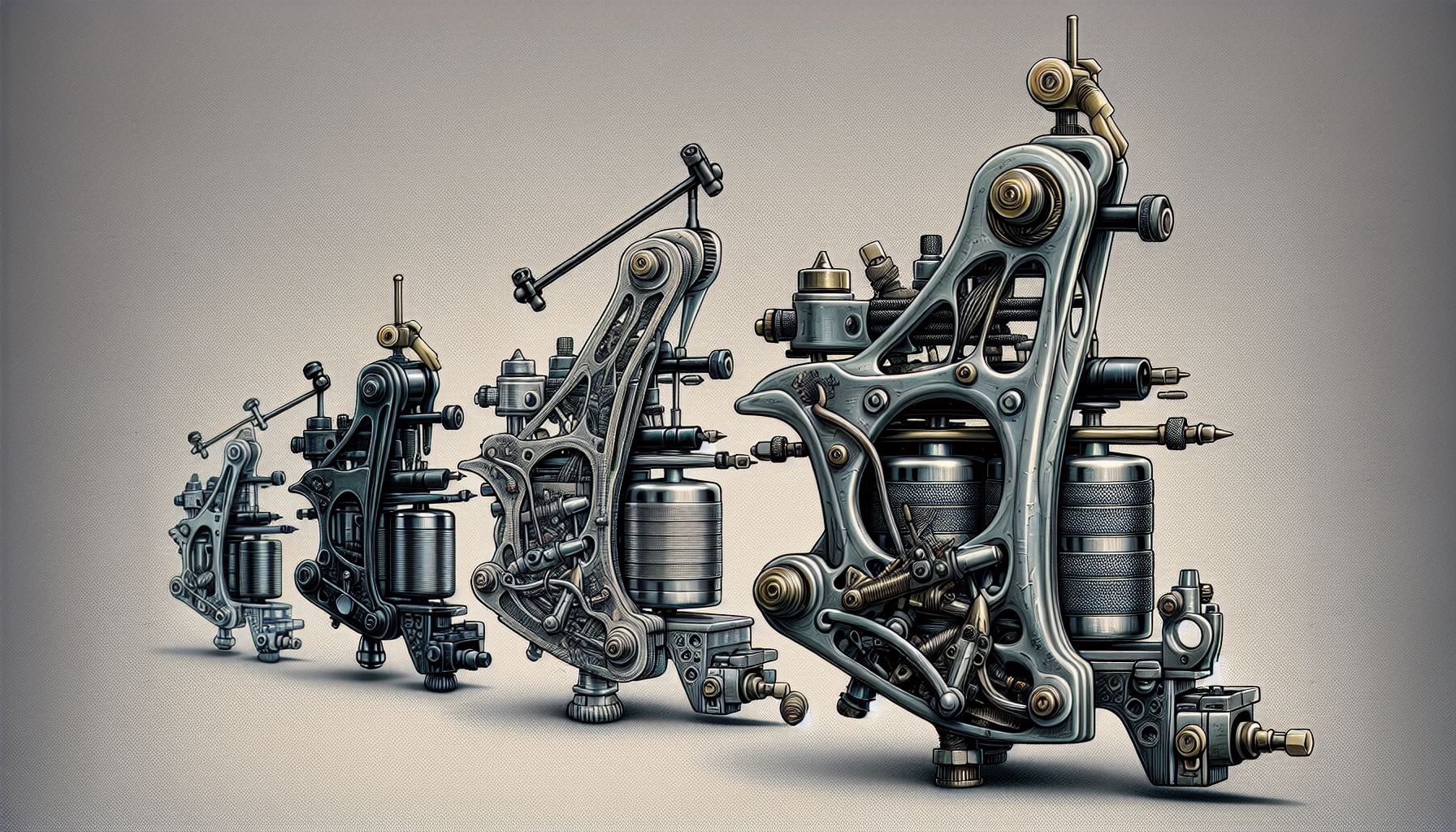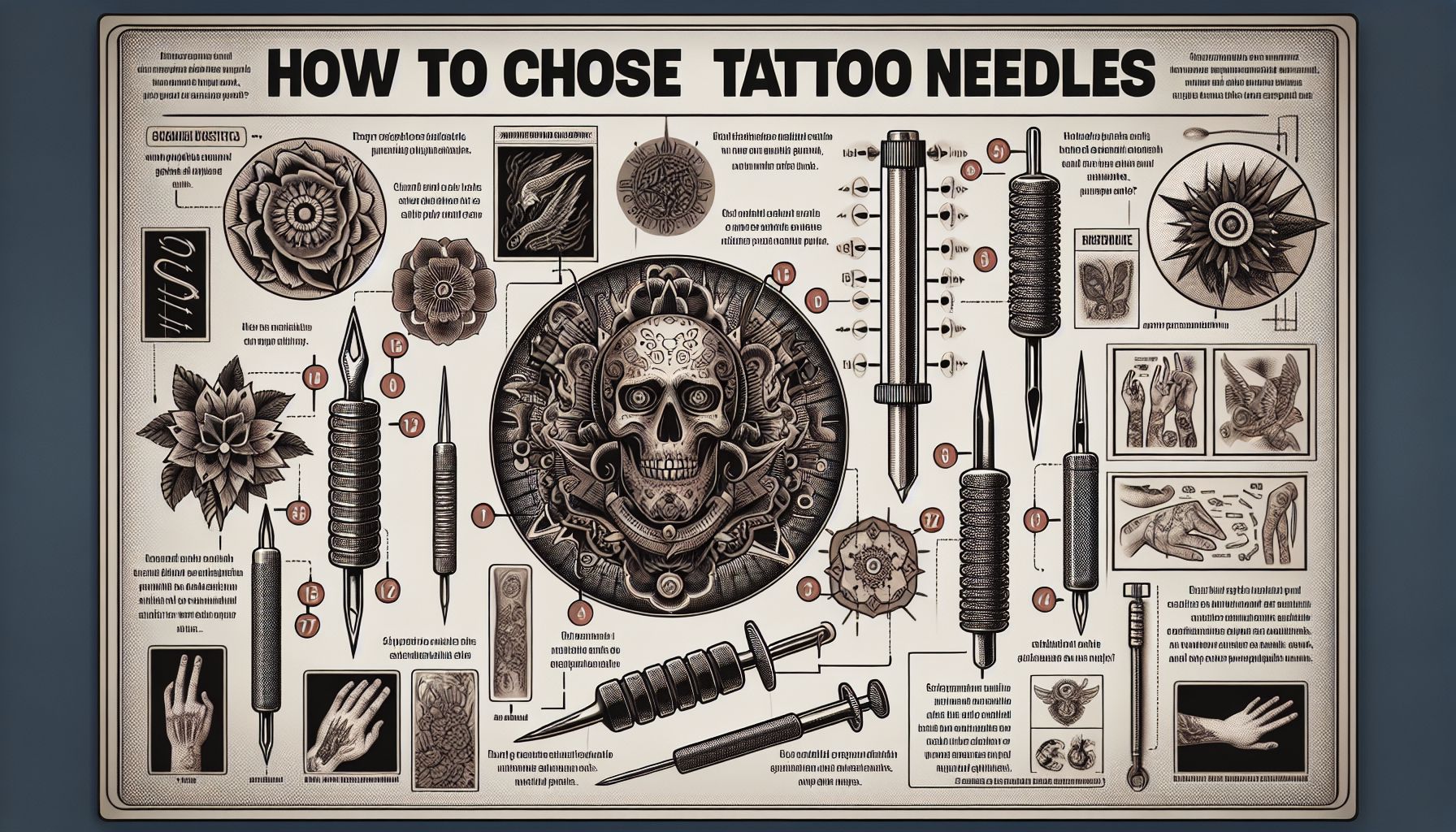As an art form that has traversed through centuries of cultural and individual expression, tattooing has evolved from its early methods to the sophisticated practices we see today. Central to this progression is the perfection and innovation of tattoo supplies, with none quite as critical as the tattoo needle. These needles are more than mere tools; they’re the point of contact between artist and canvas, where skill meets skin to create something enduring and personal.
Having spent a considerable span of my life with a machine in hand, I’ve watched the evolution of tattoo needles unfold before my eyes—shifting from rudimentary homemade contraptions to the precision-engineered implements available on the market today. It’s a journey worth unpacking, especially for the budding tattoo artist looking to understand the essence of their craft, and for the seasoned professional aiming to refine their arsenal with the best tattoo supplies.
The Integral Tattoo Supply: Needles
The importance of tattoo needles cannot be overstated. They are the key to depositing ink into the dermis—the second layer of skin—that ensures the permanence of a tattoo. Selecting the right needle is pivotal not only for the quality of the artwork but also for maintaining strict hygiene standards.
Types of Tattoo Needles
Tattoo needles come in various configurations for different purposes:
- Round Liners (RL): Used for fine lines and detail work, they can create sharp lines that heal with precision.
- Round Shaders (RS): Designed for shading, these needles are more spread out than liners and allow for subtle color gradation.
- Flat Shaders (FS): Typically used for geometric designs and areas requiring saturation, flats offer a straight line of needles that can fill in larger spaces with color.
- Magnum Shaders (M1, M2): Essential for packing in color and for blending, magnums have two rows of needles in a weaved or stacked configuration.
- Curved Magnums (CM): Similar to magnums but the ends are slightly curved, reducing skin trauma and making them ideal for contouring and shading softer areas.
The Evolution of Tattoo Needles
Historically, tattoo needles were made from a variety of materials including bone, metal, and even cactus spines. In my early years, we’d often solder our own needles to the bars, a practice requiring significant skill and time. Hygiene was always a concern, and the move towards pre-made, disposable needles significantly changed the game—increasing safety and consistency while saving time.
Quality and Craftsmanship
Not all tattoo needles are created equal. When choosing the right needle, the quality of craftsmanship is crucial. Through personal trial and error, I’ve found that well-crafted needles with soldered ends that don’t split, sharp tips that don’t dull easily, and consistent quality control can make a tremendous difference in the process and outcome of the tattoo. The industry has seen an uptick in brands that prioritize these qualities, and discerning artists should too.
An Invisible Art: Tattoo Needle Manufacturing
I once had the opportunity to visit a factory specializing in the production of tattoo needles. It was fascinating to witness the precision with which they were made—microscopic inspections for flaws, ensuring the taper of the needle was just right, and adherence to stringent sterilization protocols. This unseen aspect of needlecraft is essential for delivering tattoo supplies that artists can rely on.
Personal Insights
One aspect of needle selection that’s often understated is how they resonate with your style of tattooing. In my time, I’ve developed a preference for certain brand needles for their consistent performance in line work, while others have been my go-to for smooth shading. Every artist will have their favorites, and experimentation is part of honing your craft.
Safety and Sterilization
No discourse on tattoo needles is complete without touching on safety and sterilization. The industry has made admirable strides towards safer practices. Pre-sterilized, single-use needles are now the standard, with artists understanding the importance of maintaining a sterile work environment.
Conclusion
Tattoo needles represent a symbiosis of tradition and technology, a small but pivotal tattoo supply imbued with endless possibilities. Their quality affects not only the art but also the artist’s reputation and the client’s safety. Understanding the nuances of these essential tools can elevate your work from passable to professional, from mundane to masterful.
To ongoing and prospective tattoo artists, I can’t stress enough the importance of investing in quality tattoo needles from reputable suppliers. As your skills and understanding of these fine points grow, so too will your ability to render the world in ink upon skin in increasingly beautiful ways. Remember that in the constellation of tattoo supplies, needles are the stars that guide us to create the tattoos of our—and our clients’—dreams.



